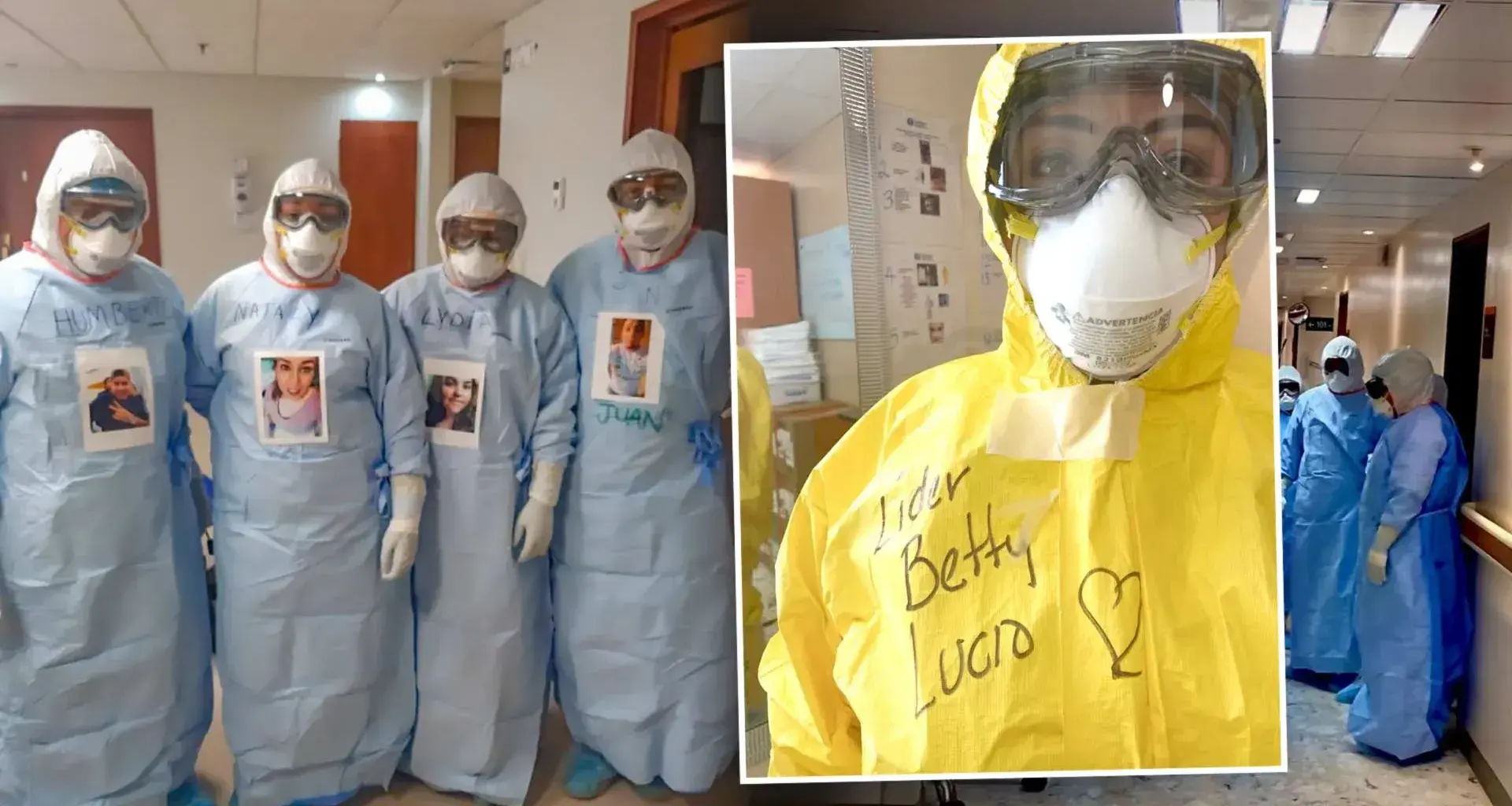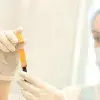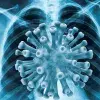Photos: Irma Gutiérrez Jasso
“When the kid woke up, he saw the nurse and asked her: ‘Why are you dressed like that?’ The pediatric nurse answered: ‘I’m an astronaut and we’re on the Moon.’”
The nurse wears a special suit (like an astronaut’s) which has her name written on it, along with a photo of her with a big smile.
In these times of struggle against COVID-19, doctors and nurses are making an effort not only to fight against the disease and protect themselves from the risks to themselves, but also to find a way to cheer their patients up.
That’s how Leticia Solís, head of nursing at TecSalud (Tecnológico de Monterrey’s health system), tells it to CONECTA. She adds that they’ve sought to empathize with and approach their patients as part of their healthcare protocols.
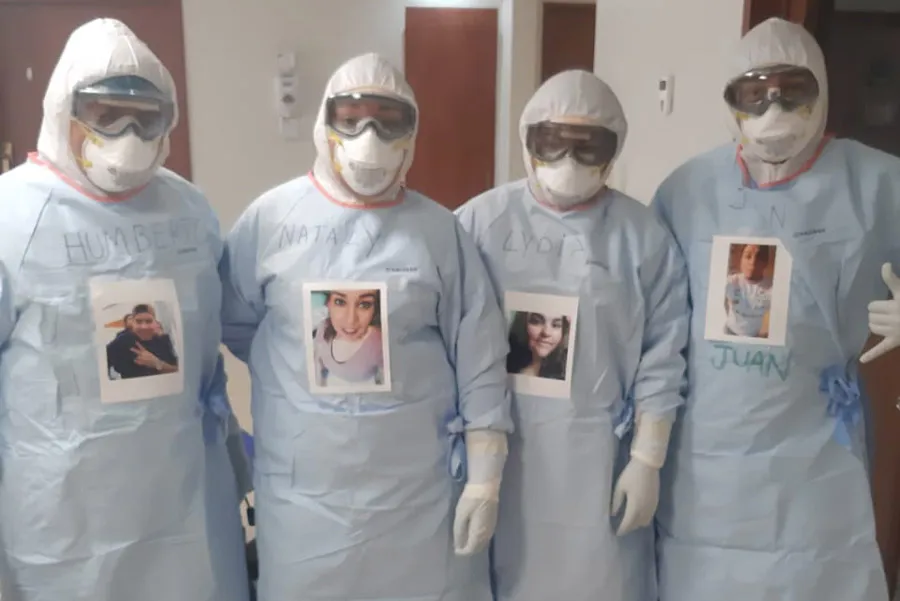
THE HUMAN TOUCH
Solís says that they do the things she mentioned, playing with the kids or sometimes writing their names on their suits by hand, to provide warmth to their patients.
“We do it so that our patients have an idea of the human being who’s looking after them and whom they should feel easy about trusting.”
She adds that many people hospitalized due to COVID-19 often have difficulty breathing, which causes anxiety and fear that the disease is still progressing.
“This heightens their distress, which becomes greater due to the loneliness and isolation patients are feeling.
“We understand this well, so we act with respect and compassion. We want to do everything we can to mitigate the situation, even when patients aren’t conscious,” she added.
She mentions that this struggle against COVID-19 shows the essence of nursing and medicine.
“For the staff, a fundamental part of their healthcare practice is making contact with patients through their gaze, with a smile, or with gentle physical contact, as a display of empathy.
“This naturally puts us in the front line of patient care 24/7, alongside other healthcare professionals.”
"We do it so that our patients have an idea of the human being who’s looking after them and whom they should feel easy about trusting".
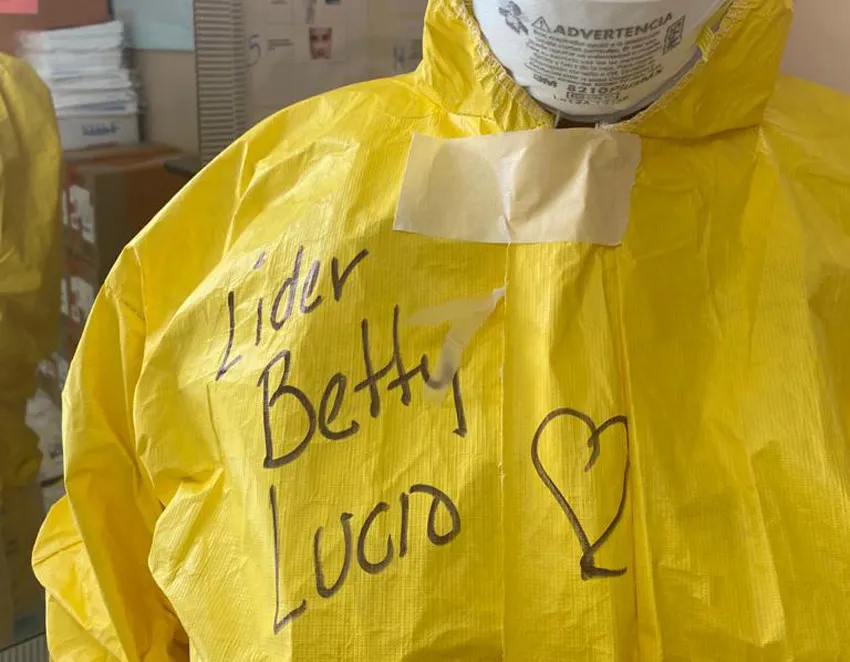
HOW DO THEY PREPARE?
Solís says that when nursing staff wear personal protection equipment, they have to prepare very well physically.
“They have to eat the right food to fill them up, hydrate themselves when not on shift, but start their shifts with an empty bladder, because they can’t eat or go to the bathroom until their shifts are over.”
She mentioned that the suits get very hot and sometimes the goggles hurt their faces. They also have to deal with fatigue and mental exhaustion.
“Luckily, we’re a community of professionals who are very dedicated and committed to looking after people under any circumstances, despite the high risk and extreme conditions.”

THE FIGHT AGAINST THE PANDEMIC
Leticia says that there have been many meetings with nursing staff, ensuring there are no more than 10 people at a time, so that they know the entire institution is behind their care of COVID-19 patients.
“Because the news was: ‘It’s up to us to look after all of you’, but we’re going to do it by protecting you and looking after you.”
She mentioned that the medical team is also logically afraid of getting infected and infecting their relatives, so some have said they prefer not to return home to protect their families.
“The response from TecSalud has been to make a hotel available to them to accommodate those who prefer to stay away and protect their families.”
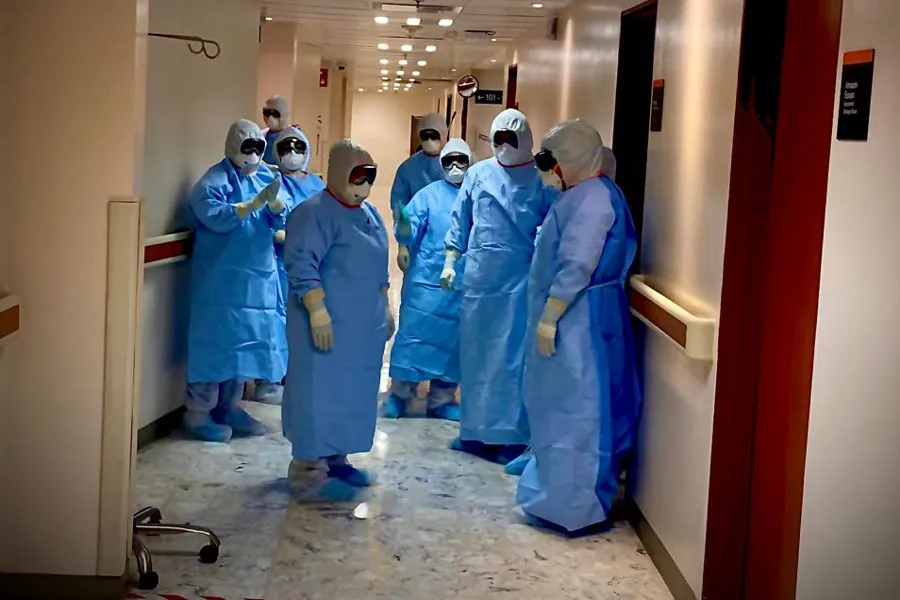
Solís added that TecSalud has set up a stress management and support program to help with resilience, implemented by a group of 10 coaches from the institution.
She said that the priority of TecSalud is the safety of its staff, so it has ensured that they’re trained on the use of protection equipment and protocols for handling COVID-19 patients.
WHAT THIS STRUGGLE LEAVES BEHIND
Solís said that this is an opportunity for doctors and nurses to show how important it is to look after people’s health under any circumstances, on the side of patients like no-one else.
Finally, she said she hoped this will be over in a few months:
“We’ll all be different after the pandemic, with a clearer idea of how to move towards the life we want.
“I’d like you all to stay at home, not only to contain the contagion, but so that people recover their families, their dreams, and become better people,” she concluded.
"I’d like you all to stay at home, not only to contain the contagion, but so that people recover their families, their dreams, and become better people".
YOU’LL SURELY WANT TO READ THIS TOO:

